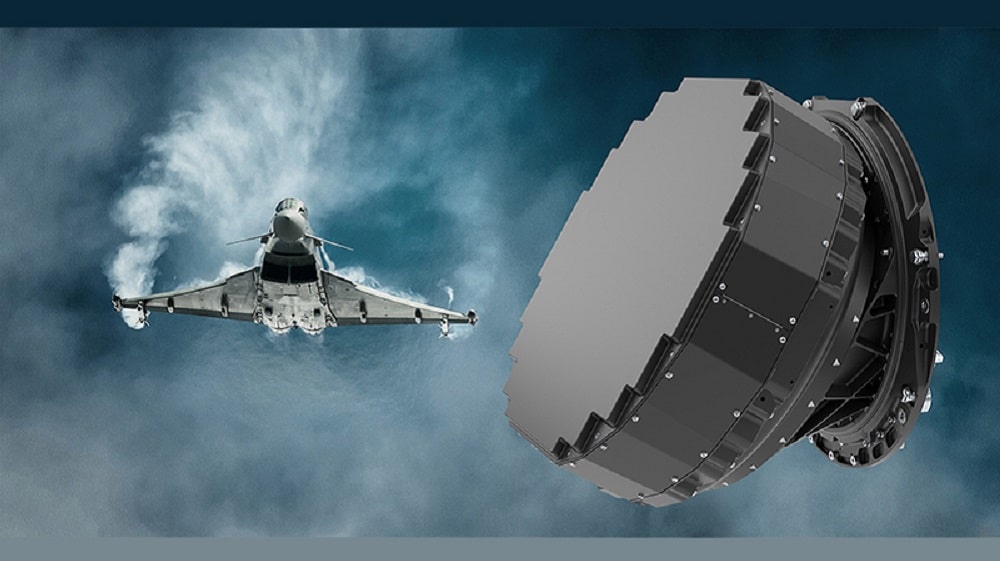PAF to Unveil Locally Made Stealth Radars for Fighter Jets
By
Haroon Hayder | Published Mar 24, 2022 | 1:39 pm
Pakistan is expected to unveil an indigenously developed Active Electronically Scanned Array (AESA) radar which will be deployed in both ground-based and airborne roles.
AESA is a second-generation phased radar in which radio waves of multiple frequencies can be sent in different directions without moving the antenna. AESA radars allow aircraft and ships to send powerful signals while remaining stealthy and resistant to jamming.
ALSO READ
Instagram is Bringing Back an Old Fan Favorite Feature
According to details, Pakistan’s local AESA radar is being developed by the Air Weapon Complex (AWC), an R&D facility of the Pakistan Air Force (PAF), in collaboration with the National University of Science and Technology (NUST).
Although complete details of the radar are unavailable at the moment, sources have claimed that the indigenously developed AESA radar will use the latest gallium nitride (GaN) transmit and receive modules that are owned by only a few countries.
AWC reportedly designed two types of GaN transmit and receive modules- S-band and X-band- in late 2019 and early 2020 respectively.
ALSO READ
Hafeez Reveals Pakistan’s Biggest Positive From Australia Test Series
Both modules have different functionalities. The S-band module is used in ground-based and airborne search radars for target search and detection. On the other hand, the X-band module is associated with fire control due to its superior resolution.
The indigenous AESA radar is expected to officially make its debut in the JF-17 Block 4 fighter jet or the fifth-generation stealth fighter jet being developed under Project Azm.
Pakistan moves ahead with domestic AESA radar development
23rd March 2022 - 07:37 GMT | by
Arslan Khan in Islamabad
RSS
Future Pakistani JF-17 fighters could benefit from indigenous AESA radars in the future. (Gordon Arthur)
Pakistan is quietly developing AESA radars for potential applications in ground-based and airborne roles.
Pakistan’s Air Weapons Complex, in partnership with the National University of Sciences & Technology and Pakistani private-sector firms, is in the final stages of the development of ground-based phased-array radars.
Though the designation of these systems is unclear, it is known that the radars use the latest gallium nitride (GaN) transmit and receive modules. While GaN-based modules are not something new, only a handful of countries are in the club to have designed these.
It is known that these modules were delivered in late 2019/early 2020 to design houses for prototyping. Two types of modules were designed, S-band and X-band.
Already have an account? Log in
Want to keep reading this article?
Pakistan is quietly developing AESA radars for potential applications in ground-based and airborne roles.
www.shephardmedia.com











